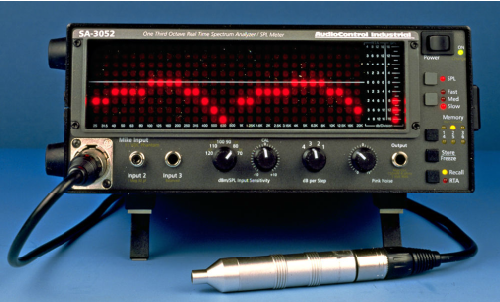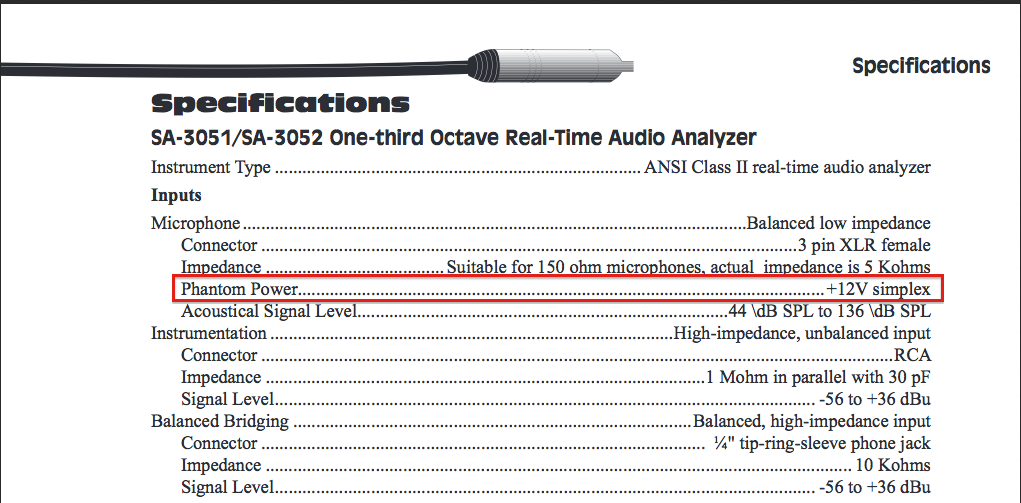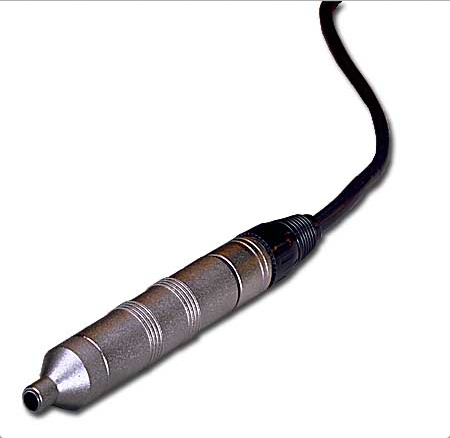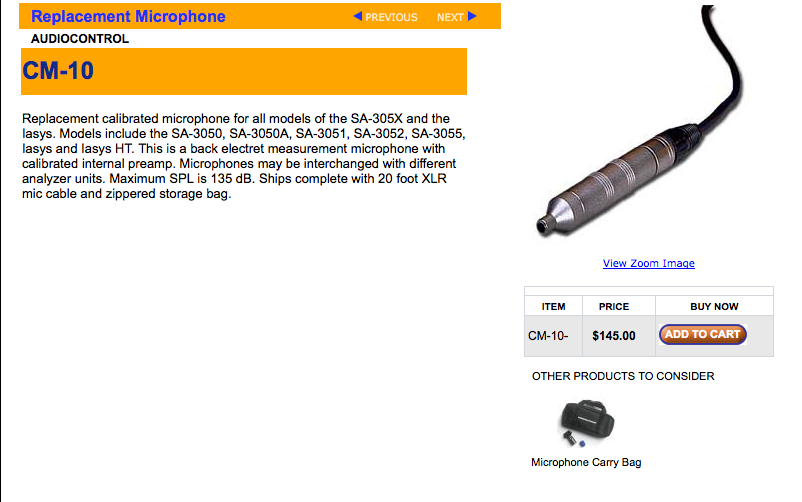I just received and email asking if an Earthworks M30 or other mic can be used with an Audio Control SA 3052 RTA.
Lets take a look…
Audio Control – SA 3052 RTA webpage
SA 3051 / 3052 user manual PDF
This is what the user manual states for the input specs:
So the SA 3051 / 3052 units provide 12vdc phantom power. Many condenser mics will operate with less than 48vdc phantom power but some will not operate to their full specification without 24vdc or 48vdc and enough available current.
Here is an explanation about phantom power:
To get a sense of the phantom power requirements of popular condenser mics, here is a chart of various mics phantom power requirements put together by Sound Devices.
Sound Devices – Phantom Powering Basics webpage
Note that all Earthworks mics require 10ma of Phantom power @ 48v to operate correctly. If your phantom power supply can’t provide enough current or voltage you may experience poor performance. This could manifest itself as distortion or other unstable output.
Notice that most of the “high end” mics all require 48vdc phantom power but most don’t require nearly as much current as the Earthworks product line with the exception of the AKG 451E which can use an measurement grade omni capsule.
While it’s possible that mics other than the CM-10 measurement provided with the Audio Control SA 3052 / 3051 units will work for measuring frequency but you will be giving up your “SPL calibration” in the process. I would consider the CM10 mic as mandatory personally because you know that your entire system will work as designed. Any deviation from that recipe might provide false information. Obviously the goal of any audio measurement system is to provide accurate information.
My recommendation is that if you own one of these units and have damaged or lost your original CM-10, purchase a replacement CM-10 microphone. They aren’t expensive and this way you will have a calibrated RTA and you will be able to trust the SPL readings on the device.
Replacement mics are available directly from Audio Control for $145 list price. Here is a webpage showing the microphone:
Audio Control CM-10 measurement mic webpage
Here is a screenshot of the same information.
Now if you’re not worried about losing the “calibrated” aspect of your RTA as an SPL device and want to experiment with the SA 3051 / 3052 unit with a different mic, you should be able to plug your third party mic into a mixing board or external mic preamp that can supply 48vdc and 10ma of current and then take the line out of that device and connect it to INPUT 3 (the balance TRS ((tip ring sleeve)) input of the SA 3051 /3052 device).
You may get more accurate results or you may get less accurate results. I haven’t tested the CM-10 mic against an Earthworks mic yet. I would have to assume that the CM-10 mic is relatively flat and certainly flat enough in the 1/3 octave range that the SA 3051 / 3052 unit displays.
Lastly I will point out that other than for showing absolutely SPL as a calibrated system (CM-10 and 3051 / 3052), I wouldn’t personally use an RTA for measuring live audio. A FFT based system performing a differential measurement will provide superior results.
The SA 3051 / 3052 unit in my mind is useful for two things. As a calibrated SPL meter and for seeing feedback. For more advanced audio work, I would choose an transfer function instrument every time due to it’s ability to see impulse, phase and frequency response at the same time and save traces for overlapping comparison.





